| |||||
Copyright © 2013-2019 Edge Leavenworth Contact Us |
 How sharp does a knife really need to be Dec 12, 2017 9:52 amChances are you don't need to be able to shave with your kitchen knives. But it is nice ... [more] 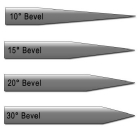 How bevel angle affects sharpness & wear Oct 27, 2016 6:38 pmThe issue of sharpness versus durability is a simple enough at first glance. The ... [more]  Yes we sharpen ~most~ scissors Jun 4, 2016 3:11 pmScissors Sharpening info  How to test your knife for sharpness Apr 13, 2016 4:37 pmThe best way to test a knife for sharpness is to use it. Almost nobody tells us how ... [more] 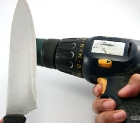 Don't try this at home Apr 13, 2016 2:11 pm How much does sharpening cost? Apr 12, 2016 6:18 pmThe price of sharpening varies pretty widely based on size, shape and condition of your edge. Also, the level of sharpness expected for the finished edge.
An average straightforward knife sharpening runs $10-15. If the knife is particularly large or dinged up on the edge it will pasrobably cost $15 or more, especially if it is badly damaged. Sharpening more knives than one at a time saves money, and sharpening full sets can save even more. Small knives in good condition as part of a set can be sharpened for as low as $5. Of course we always give you an accurate estimate of what your sharpening is going to cost before we start. So let's get started. 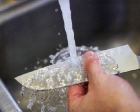 Proper care and handling of your knives Apr 12, 2016 6:18 pmThe best way to keep a knife sharp is to take care of it. Plain and simple. Most of the ... [more] |
||||

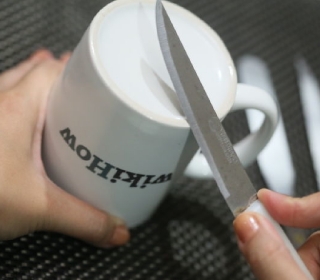
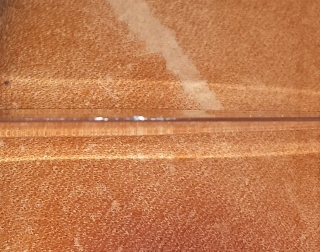
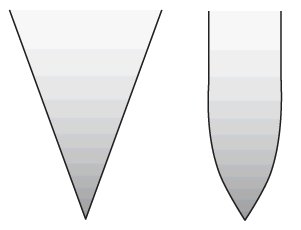


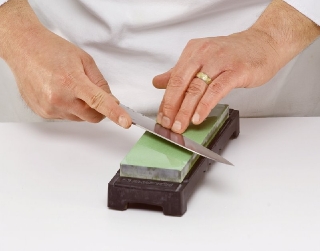
There is a better way! Our article on how to sharpen your knife at home will get you started. Or do it the easy way and bring it to us.